Bell heather 'Stephen Davis' Erica cinerea 'Stephen Davis'
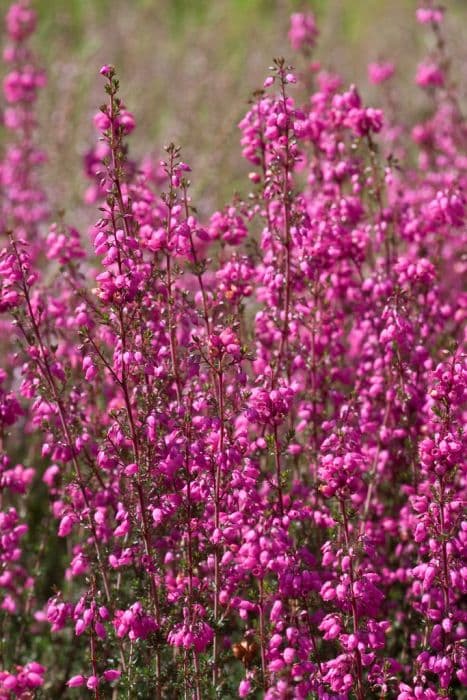
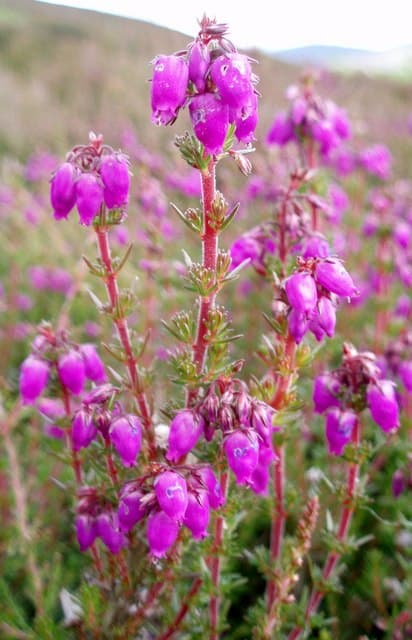
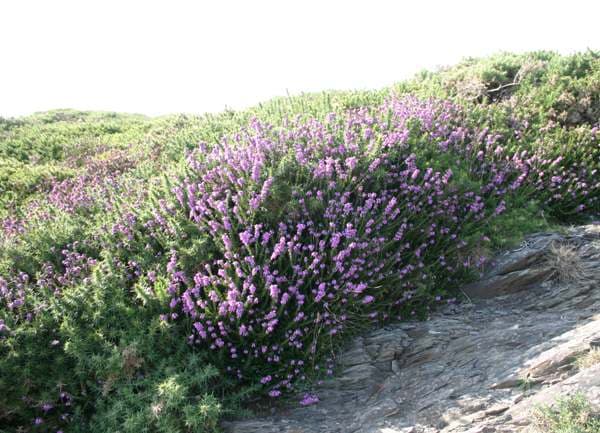
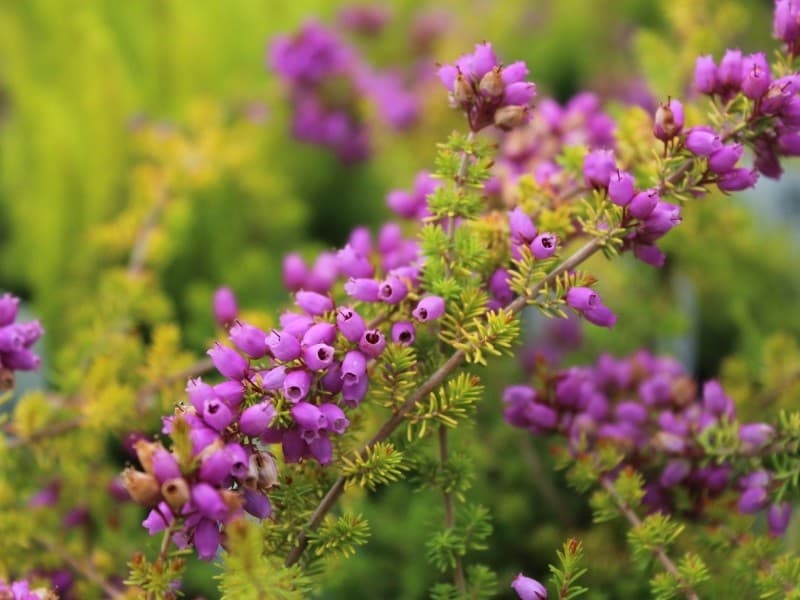
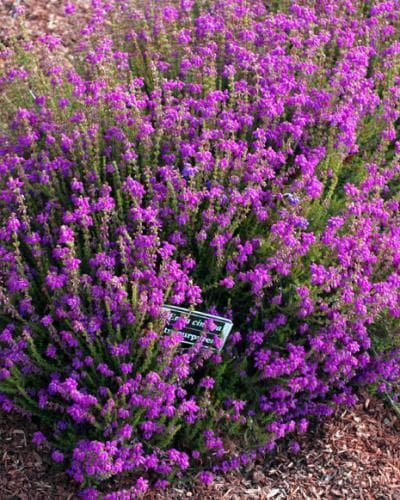
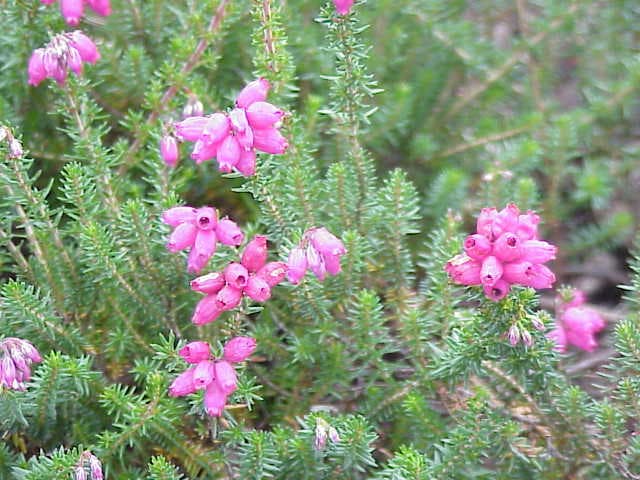
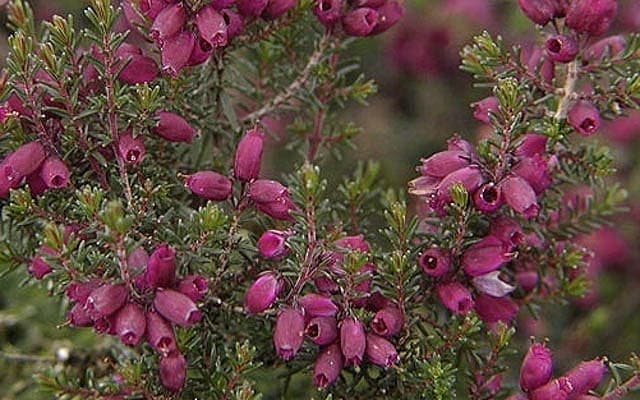
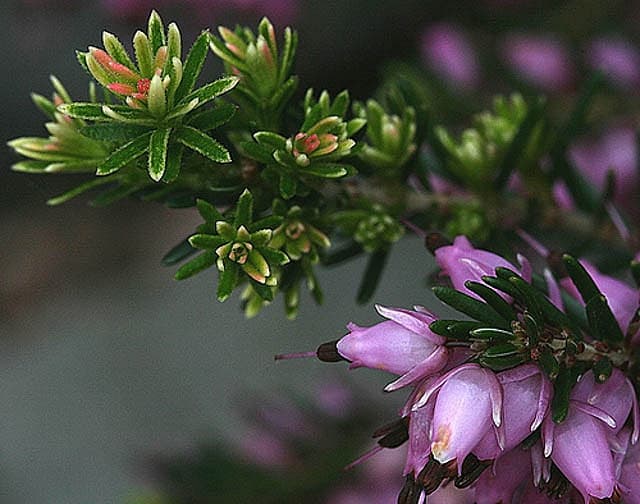
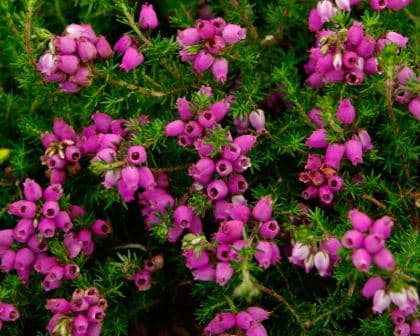
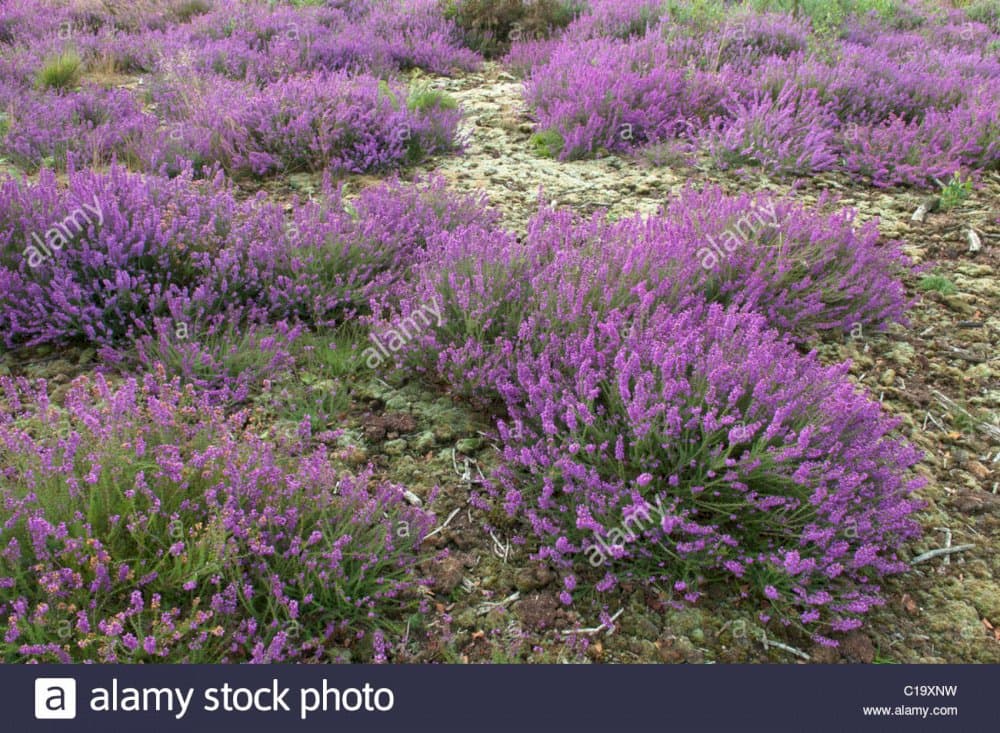

ABOUT
'Stephen Davis' produces compact growth with dark green foliage and deep pink flowers from early summer to autumn
About this plant
 Names
NamesFamily
Ericaceae
Synonyms
Bell Heather, Twisted Heath
Common names
Erica cinerea 'Stephen Davis'.
 Characteristics
CharacteristicsLife cycle
Perennials
Foliage type
Evergreen
Color of leaves
Green
Flower color
Purple
Height
1 foot (30 cm)
Spread
1.5 feet (45 cm)
Plant type
Shrub
Hardiness zones
5
Native area
Europe
Benefits
 General Benefits
General Benefits- Visual Appeal: Erica cinerea, commonly known as bell heather, adds a beautiful splash of purple-pink flowers to any garden, which can greatly enhance visual interest and curb appeal.
- Drought Tolerance: This plant is well-suited for dry conditions, reducing the need for frequent watering once established.
- Low Maintenance: Bell heather is relatively low maintenance, requiring minimal care beyond occasional pruning to keep its shape.
- Wildlife Attraction: The flowers are attractive to bees and other pollinators, supporting local biodiversity.
- Year-Round Interest: With evergreen foliage, bell heather provides color and structure in the garden throughout the year.
- Soil Adaptability: It can thrive in a range of soil types, including poor, acidic soils where other plants may struggle.
- Pest Resistance: Erica cinerea is generally resistant to pests, reducing the need for chemical treatments.
 Medical Properties
Medical PropertiesThis plant is not used for medical purposes.
 Air-purifying Qualities
Air-purifying QualitiesThis plant is not specifically known for air purifying qualities.
 Other Uses
Other Uses- Erica cinerea, commonly known as bell heather, can be used in the art of bonsai, offering an interesting twist with its small leaves and delicate purple flowers.
- The plant's woody stems can be utilized in miniature craft projects such as fairy gardens or model landscapes for natural texture and color.
- The dried flowers of bell heather can be incorporated into potpourris, adding a lasting fragrance and a touch of natural beauty to a room.
- Floral arrangements often include bell heather for its vibrant color and long-lasting blooms, providing a rustic charm to bouquets.
- The bell heather can be used as a natural dye, creating shades of yellow, green, or brown, depending on the mordant used in the dyeing process.
- During the winter season, the evergreen nature of the plant provides important habitat and shelter for insects and small animals in gardens.
- Its resistance to deer grazing makes it an excellent choice for gardens in areas with active deer populations to maintain color and structure without the risk of damage.
- Bell heather is employed in landscape design to stabilize soil on slopes or banks, preventing erosion with its dense root system.
- The plant can be used in thematic gardens such as a Scottish or Celtic garden, providing an authentic and resilient plant choice that ties in with regional designs.
- Bell heather's tolerance to salty winds makes it a suitable plant for coastal gardens, where it can thrive and provide color in challenging conditions.
Interesting Facts
 Feng Shui
Feng ShuiThe Bell Heather is not used in Feng Shui practice.
 Zodiac Sign Compitability
Zodiac Sign CompitabilityThe Bell Heather is not used in astrology practice.
 Plant Symbolism
Plant Symbolism- Luck: The heather plant, which Erica cinerea 'Stephen Davis' is a type of, is often associated with good luck, especially in Scotland where it is considered lucky when used in wreaths or bouquets.
- Protection: Heather is believed to possess protective qualities, protecting against dangers and bringing safety to those who keep it nearby.
- Admiration: Gifting heather is a way to express admiration for someone's beauty or strength, much like the resilience and beauty of the plant itself.
- Solitude: Heather grows well in the solitary landscapes of moors and crags, symbolizing a preference for solitude or self-reliance.
 Water
WaterBell Heather, the common name for Erica cinerea 'Stephen Davis', prefers consistent moisture but doesn't like being waterlogged. Water this plant when the top inch of soil feels dry, which may be about once a week, depending on climate conditions. Avoid overhead watering to prevent fungal diseases. During hotter months, you might need to water twice a week. As a guideline, provide about one gallon of water for an established plant each time you water, ensuring you moisten the root zone without saturation.
 Light
LightBell Heather thrives in full sun but can tolerate partial shade. The ideal spot for the plant is in an area where it can receive at least six hours of direct sunlight per day. Avoid placing it in deep shade, as this can lead to poor flowering and weak growth.
 Temperature
TemperatureBell Heather is hardy and can tolerate a wide range of temperatures, thriving in conditions between 32°F and 70°F. This plant can survive minimum temperatures down to about 10°F and maximum temperatures up to approximately 75°F. However, it performs best in cooler climates and may require protection from intense heat.
 Pruning
PruningPruning of Bell Heather is mainly for shaping and removing spent flower stalks. It's best to prune right after flowering to encourage new growth and maintain a compact form. This plant should be pruned lightly each year, cutting back into the previous year's growth but not into the old wood, as it may not readily sprout new shoots.
 Cleaning
CleaningAs needed
 Soil
SoilThe best soil mix for Bell Heather (Erica cinerea 'Stephen Davis') should be well-draining and slightly acidic with a pH range of 4.5 to 5.5. A mixture of peat, sand, and loamy soil in equal parts often works well. Ensuring good drainage is crucial to prevent root rot.
 Repotting
RepottingBell Heather should be repotted every two to three years to refresh the soil and promote healthy growth. It's best to repot in the late winter or early spring before new growth begins.
 Humidity & Misting
Humidity & MistingBell Heather thrives in moderate humidity levels. While it can tolerate some variation, the ideal relative humidity range is between 45% and 60%. Too much humidity can lead to fungal issues.
 Suitable locations
Suitable locationsIndoor
Ensure acidic soil, bright light, cool room for Bell Heather.
Outdoor
Plant in partial shade, acidic soil, protect from harsh sun.
Hardiness zone
5-7 USDA
 Life cycle
Life cycleErica cinerea 'Stephen Davis', commonly known as bell heather, begins its life as a tiny seed that germinates in well-draining, acidic soil, often requiring exposure to light to initiate growth. Upon germination, it develops into a seedling with narrow, needle-like leaves, gradually maturing into a woody shrub over several years. Throughout the spring and summer, it produces numerous small bell-shaped flowers, typically with a heathery purple color, attracting pollinators such as bees. After pollination, the flowers develop into capsules containing numerous seeds, which are dispersed by wind or animal activity. The parent plant may continue to grow and spread, forming larger clumps, and can live for a considerable time, flowering each year, provided the conditions remain suitable. During the winter, bell heather enters a period of dormancy, focusing on root development and energy conservation in preparation for the next growing season.
 Propogation
PropogationPropogation time
Late winter-early spring
The most popular method for propagating the Erica cinerea 'Stephen Davis', commonly known as bell heather, is through semi-ripe cuttings. This is best done in late summer when the plant's new growth has begun to harden slightly. To propagate, select healthy, semi-ripe shoots and cut a piece about 2 to 4 inches (5 to 10 centimeters) long just below a leaf node. Remove the lower leaves, dip the cut end in rooting hormone, if desired, and then insert into a well-drained potting mix. Cover the pot with a plastic bag or place it in a propagator to maintain high humidity, and keep it in bright, indirect light. The cuttings should root in several weeks, after which they can be potted up individually.









